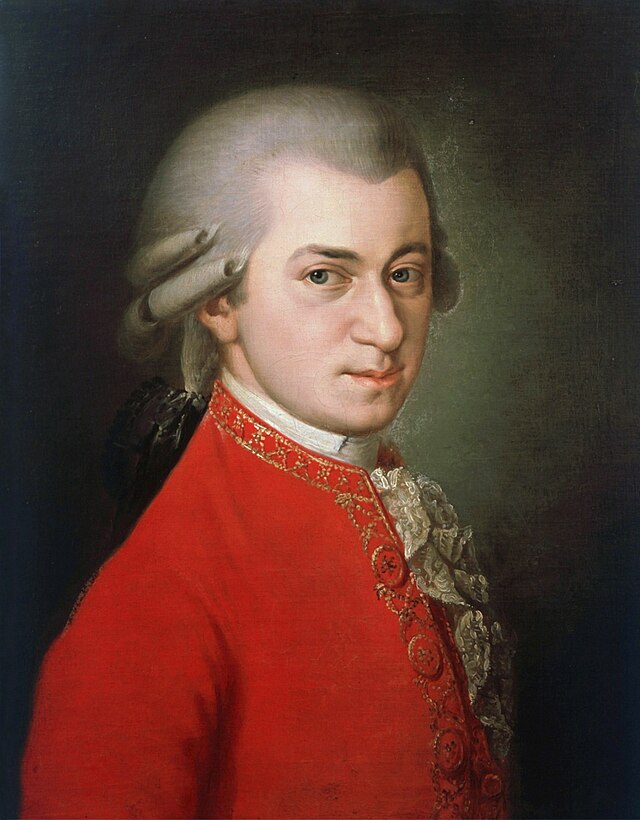Loading AI tools
1772 symphony by W. A. Mozart From Wikipedia, the free encyclopedia
Symphony No. 16 in C major, K. 128, was the first of three symphonies composed by Wolfgang Amadeus Mozart in May 1772 when Mozart was sixteen years old.[1] This symphony is one of many written during the period in which Mozart stayed in Salzburg, between two trips to Italy. The autograph of the score is preserved in the Berlin State Library.[1]

The symphony has the basic scoring of two oboes, two horns in C, and strings.

The form is that of a standard three-movement Italian overture:
The first movement, which a C major essay in sonata form, sounds at first to be in 9
8 due to the presence of triplets. However, as it enters the second half of the exposition section it becomes clear that the movement's meter is actually 3
4. The development section is short, but filled with dense modulations. Some of this developmental spirit carries over into recapitulation, which turns out not to be perfectly literal.
The oboes and horns drop out of the second movement, which is another essay in sonata form, written for the strings alone. They return, however, for the third movement, in C major, which is a cheerful dance cast in an altered rondo form, with a coda.
Seamless Wikipedia browsing. On steroids.
Every time you click a link to Wikipedia, Wiktionary or Wikiquote in your browser's search results, it will show the modern Wikiwand interface.
Wikiwand extension is a five stars, simple, with minimum permission required to keep your browsing private, safe and transparent.